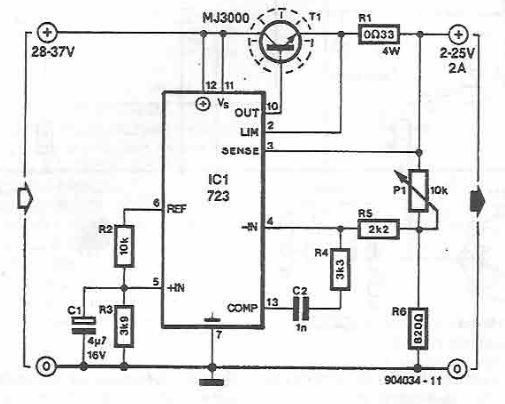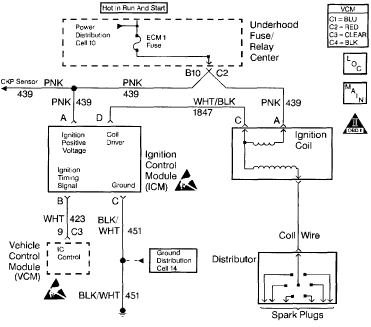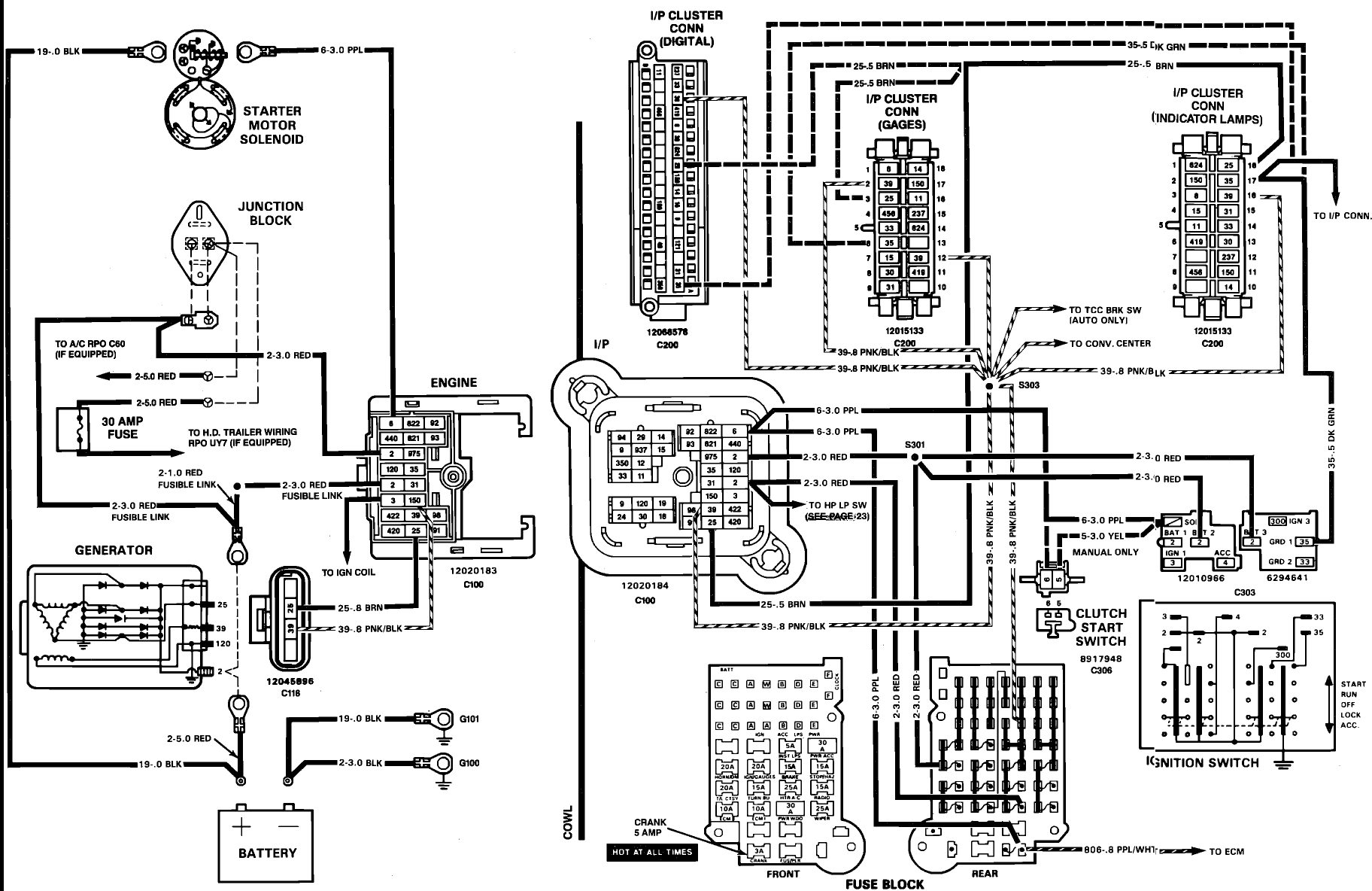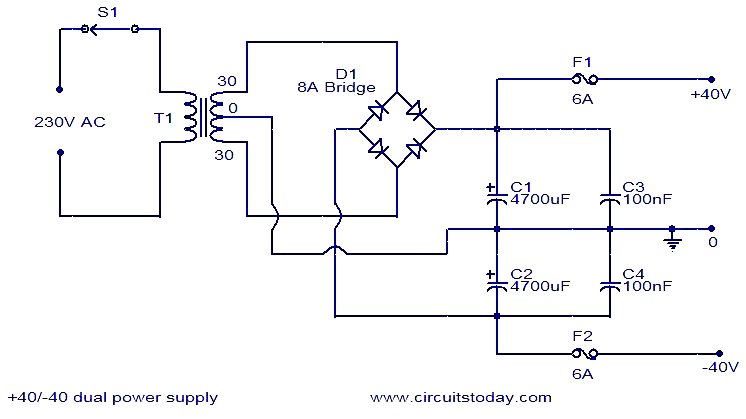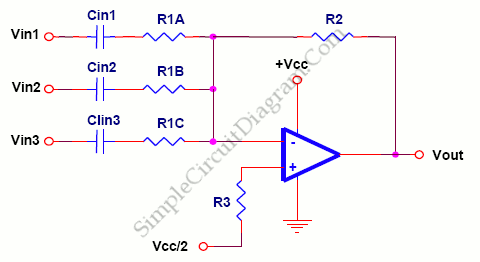
MCU power supply wiring portion
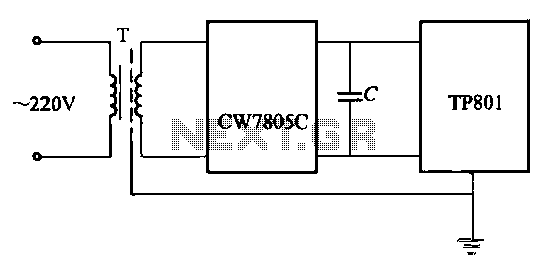
High-precision voltage regulator, isolation transformer with the correct wiring, and low-pass filter to enhance the electrical noise immunity of the source portion. The wiring in Figures 20-48 and 20-49 is illustrated in the figures. Chokes (L1, L2) should have an inner diameter of 18 mm, an outer diameter of 24 mm, and a thickness of 8 mm, using MX0-2000 as the magnetic core. L1 and L2 consist of approximately 50 to 70 turns each.
The high-precision voltage regulator is designed to maintain a stable output voltage despite fluctuations in input voltage or load conditions. It employs an isolation transformer, which not only provides voltage transformation but also enhances safety by electrically isolating the output from the input. This isolation is critical in applications where sensitive electronic components are involved, as it helps to prevent ground loops and reduces the risk of electrical shock.
The low-pass filter integrated into the design is essential for improving the overall noise immunity of the system. By allowing only signals below a certain frequency to pass, it effectively attenuates high-frequency noise that could interfere with the performance of the voltage regulator. The filter's design typically includes capacitors and inductors configured to create a smooth transition for the desired frequency range while blocking unwanted noise.
The chokes (L1 and L2) play a significant role in the circuit by providing inductive filtering. With an inner diameter of 18 mm and an outer diameter of 24 mm, these chokes are designed to accommodate the magnetic core material MX0-2000, which is known for its high permeability and low core losses. The specified thickness of 8 mm allows for a compact design while maintaining the necessary inductance values. Each choke is wound with approximately 50 to 70 turns of wire, which determines the inductance value and affects the filter's performance.
Figures 20-48 and 20-49 illustrate the specific wiring configurations required for optimal performance. These diagrams serve as a guide for assembling the circuit correctly, ensuring that all components are connected as intended to achieve the desired electrical characteristics. Proper wiring is crucial to minimize parasitic inductance and capacitance, which can adversely affect the performance of the voltage regulator and filter.High-precision voltage regulator, isolation transformer with the correct wiring and low-pass filter, to further improve the electrical noise immunity source portion. The wiring in Figure 20-48 and 20-49 as shown in FIG. Figure, chokes (Li, Lz) choose an inner diameter of 18mm, an outer diameter of 24mm, 8mm thick MX0-2000 as magnetic core, Li and L2 are each about 50 to 70 turns.
The high-precision voltage regulator is designed to maintain a stable output voltage despite fluctuations in input voltage or load conditions. It employs an isolation transformer, which not only provides voltage transformation but also enhances safety by electrically isolating the output from the input. This isolation is critical in applications where sensitive electronic components are involved, as it helps to prevent ground loops and reduces the risk of electrical shock.
The low-pass filter integrated into the design is essential for improving the overall noise immunity of the system. By allowing only signals below a certain frequency to pass, it effectively attenuates high-frequency noise that could interfere with the performance of the voltage regulator. The filter's design typically includes capacitors and inductors configured to create a smooth transition for the desired frequency range while blocking unwanted noise.
The chokes (L1 and L2) play a significant role in the circuit by providing inductive filtering. With an inner diameter of 18 mm and an outer diameter of 24 mm, these chokes are designed to accommodate the magnetic core material MX0-2000, which is known for its high permeability and low core losses. The specified thickness of 8 mm allows for a compact design while maintaining the necessary inductance values. Each choke is wound with approximately 50 to 70 turns of wire, which determines the inductance value and affects the filter's performance.
Figures 20-48 and 20-49 illustrate the specific wiring configurations required for optimal performance. These diagrams serve as a guide for assembling the circuit correctly, ensuring that all components are connected as intended to achieve the desired electrical characteristics. Proper wiring is crucial to minimize parasitic inductance and capacitance, which can adversely affect the performance of the voltage regulator and filter.High-precision voltage regulator, isolation transformer with the correct wiring and low-pass filter, to further improve the electrical noise immunity source portion. The wiring in Figure 20-48 and 20-49 as shown in FIG. Figure, chokes (Li, Lz) choose an inner diameter of 18mm, an outer diameter of 24mm, 8mm thick MX0-2000 as magnetic core, Li and L2 are each about 50 to 70 turns.
